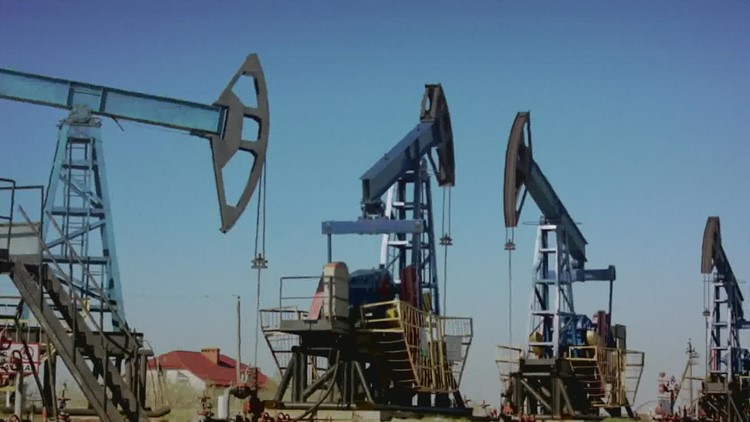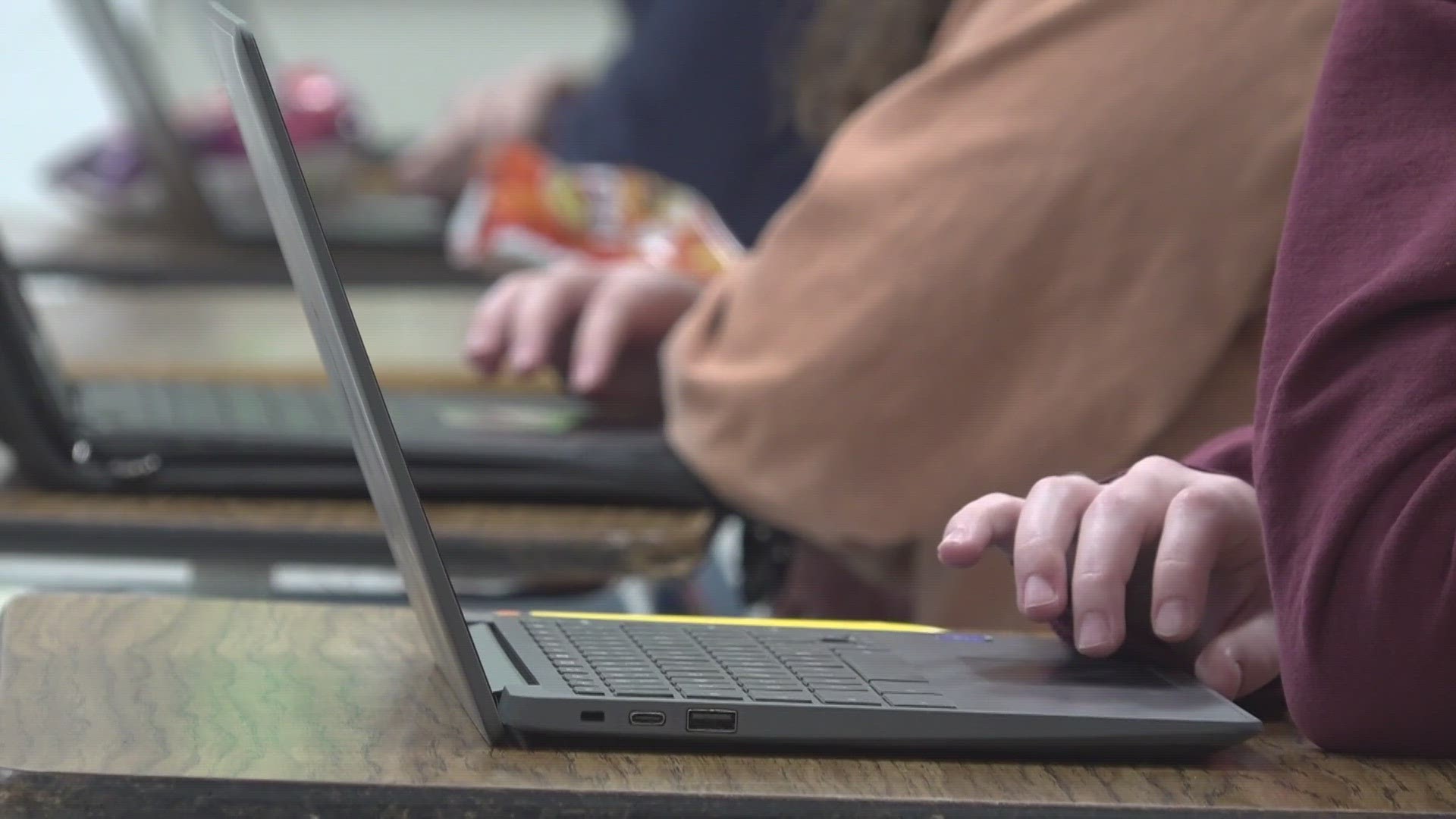DALLAS — Let's get straight to the bad news: The shock you endure every time you fill up your vehicle with gas is likely only going to get worse. And fast.
“I'm thinking that we're going to see $6 gas by Labor Day,” Ed Hirs told us on the most recent episode of Y’all-itics.
Ed Hirs is the Energy Fellow at the University of Houston, where he also teaches energy economics. So, if anybody knows the business of energy in Texas, it’s him.
Hirs says we’re paying more for gas right now because of the war in Ukraine and it’s disruption on the supply chain. Refineries here are now not only selling to drivers on 635 in Dallas or MoPac in Austin, but also to Germany.
And he doesn’t think the Biden Administration’s attempt to reset relations with Saudi Arabia, the world’s second largest oil producer and unofficial leader of the Organization of the Petroleum Exporting Countries (OPEC), will help.
“I really think that the trip to Saudi Arabia is not going to be fruitful,” he said. “The rig count in the Middle East is still off by more than 25% from pre-pandemic levels. I don't think there's any excess capacity in OPEC that can be brought here. And it's not like we're friends with the Saudis.”
Listen to the full Y'all-itics episode here:
The historically high cost of gas is an untenable situation. So, many experts believe it will only accelerate the electric vehicle (EV) revolution.
But in the short term, at least, that will only lead to more problems here in Texas, because our power grid simply isn’t ready for the extra demand.
Hirs says our equipment is old and needs to be modernized. And that’s everywhere, especially in our neighborhoods. He says just think about your neighborhood transformer, which already has problems.
“Our transformer in the backyard blows up almost every 18 months routinely. Somebody’s plugged in one more phone and it just kicks off. The air conditioning got reset. And it can happen any time of year. As we go to more and more level demand throughout the day, this equipment needs to be changed out. It needs to be upgraded,” he cautioned.
And there’s a lot of power insecurity in Texas right now because of the winter catastrophe of February 2021. There’s even been a few more scares since then.
If folks start adopting EVs en masse, just think of all the electricity needed to power them, our homes, all the new homes being built, all of the new companies moving to Texas and all of the transplants now calling our state home.
“Right now, we couldn't handle it. We're too tight,” Hirs warned. “The dispatchable fleet of generators, the natural gas, the coal, the nukes, and the small amount of hydro that we have in Texas is less than it was 12 years ago. It's less than it was this time last year. And the economy keeps growing.”
Hirs thinks the EV revolution will arrive no matter what, so something will have to be done. In the short term, he sees certain rules being established, such as no EV charging during peak afternoon hours.
“I expect something like that, a rationing if you will. And certainly we've seen some initiatives in Texas with that. We'll give you cheaper rates if you run your dishwasher after 10 pm. Please don't leave your air conditioning on during the middle of the day,” said the energy expert.
Over the next several years, Texas will received hundreds of millions of dollars from the federal government to improve the EV infrastructure in the state. The specific goal is to place an EV charger every 50-miles along most interstate highways and main corridors. It would be enough to support at least one million electric vehicles.
U.S. Secretary of Energy Jennifer Granholm says it’s an opportunity, not only for private business, but also for state utilities.
“A lot of utilities are seeing the electrification of the vehicles as an opportunity to provide resilience to the grid. Because what you’re doing, of course, is adding batteries and energy storage onto the grid as well as using the grid when you’re charging,” Granholm said on Inside Texas Politics. “So, if you can sell electrons back and forth from the grid using those batteries, that’s a huge opportunity.”
Granholm says Tesla, which recently moved its headquarters to Austin, is doing just that in its previous home of California. The EV manufacturer joined with that state’s power utility, PG&E, and created a virtual electric grid.
Secretary Granholm also says we’re not alone with our worries over the EV impact on our power grid.
“It’s not just Texas. Every state is going through this same assessment in that, you know, it’s not a light switch that you flip on. It is going to happen over time,” she told us.
That’s part of the reason Hirs doesn’t think the federal government is getting ahead of itself, since Texas isn’t currently ready for EV prime time. He says the feds have long followed an “if you build it, they will come” mantra, including President Eisenhower’s federal highway system and early subsidies to help grow the airline industry.
The UH professor predicts 8-10 years before wholesale change in the composition of our fleet and the movement gains massive momentum.
But he says the million-dollar question remains how fast our grid can get up to speed to handle the imminent EV revolution.
“It's not an urgent matter just yet because everybody who's making electric vehicle is selling all they can. Tesla. Ford. General Motors. Toyota's stumbled a bit,” Hirs said. “But as we see that develop, it's a hundred thousand here, 200,000 there. We're not quite up to making a significant dent in the nation's fleet. The average life of a car in the U.S. is about 12 years."



